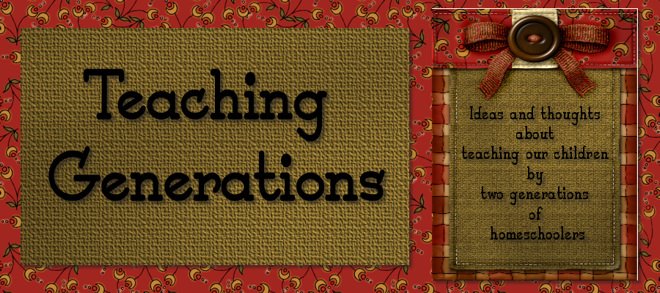For reading and spelling, I have found that my oldest daughter really catches on quickly when she can categorize words that have similar sound endings. We are focusing on a word family each week to learn to recognize, read and spell the words.
I searched around for spelling books or other types of workbooks with word families and I couldn't find any that I liked. I searched the internet and couldn't find any good sites. But then I came upon a real gem. I love this site!
Reasons why I love Word Way Word Families:
*the pictures are adorable and have more than one picture for different meanings (hook and Captain hook, for example)
*there is a variety of fun activities to do: fill-in-the-blank, word search, name the picture, cut and paste, and other games.
*each word family includes a lot of words, including compound words (for example, for the /-ark/ family, they have remark and bookmark).
*they have a configuration station page. They use these in school to help kids picture how letters are below and above the main line. I think my oldest will really benefit from this and I didn't want to have to create it myself.
We are starting with r-controlled word families found here. As we complete a set of each word family a week (taking out some activities/worksheets I don't like as much), I am also planning on doing other interactive games with the word families. I am planning on building on the word families from prior weeks to review how to spell them as well. So, we will do these activities with the /ook/ family we did last week and the /ar/ family that we learned this week.
Here are the extra games my daughter can choose from to do with me:
*Mommy Matches: Make a matching sheet for Mommy with pictures
*Rainbow Letters: Write five words with three different colors
*Finger Paint Words: Use your finger to spell out five words with a bag full of paint
*Bend it: create five words using wiki sticks or pipe cleaners
*Playdough: create five words using playdough
*Run & Spell with Mom: Mommy gives you clues and you have to run in the other room and write the word correctly
*Silent Charades: act out each word and then the guesser has to write the word down correctly in order to guess.
*Dictation: Mom will dictate a sentence using words from different word families. You will write the sentence and draw a picture.
*Rainbow Letters: Write five words with three different colors
*Finger Paint Words: Use your finger to spell out five words with a bag full of paint
*Bend it: create five words using wiki sticks or pipe cleaners
*Playdough: create five words using playdough
*Run & Spell with Mom: Mommy gives you clues and you have to run in the other room and write the word correctly
*Silent Charades: act out each word and then the guesser has to write the word down correctly in order to guess.
*Dictation: Mom will dictate a sentence using words from different word families. You will write the sentence and draw a picture.




